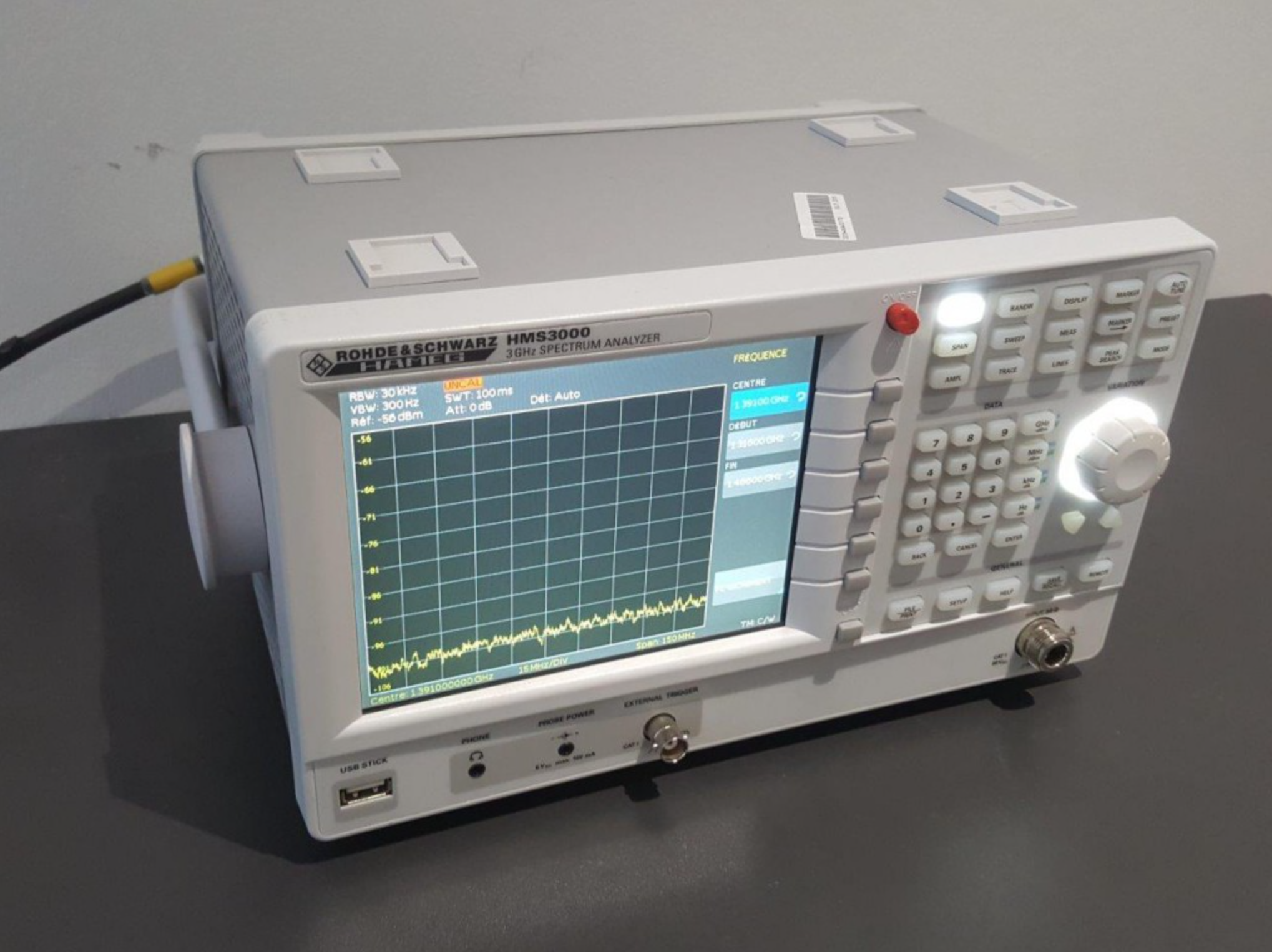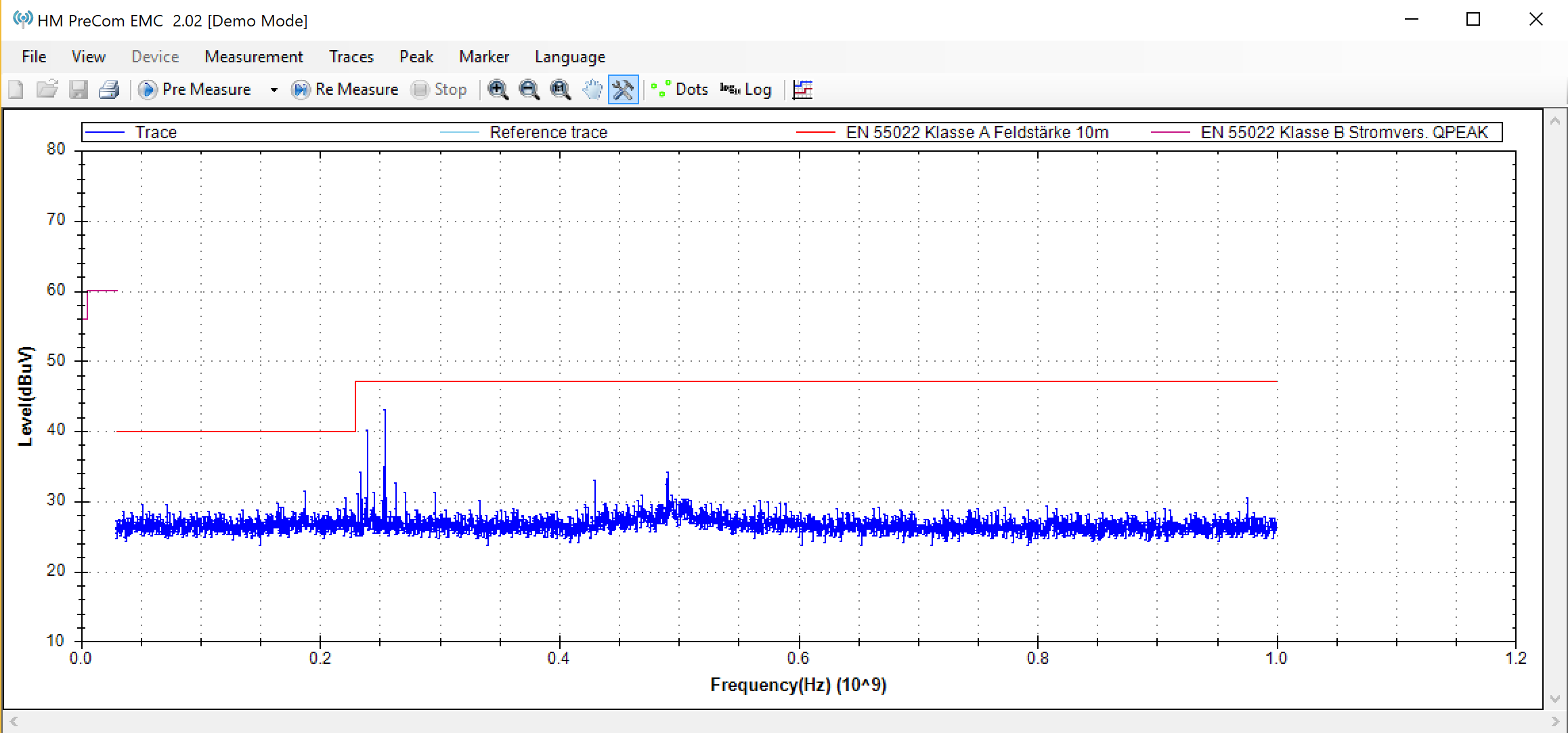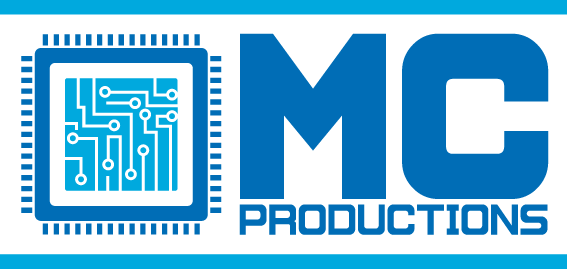Wij kunnen U helpen om uw product op de markt te brengen.
Een product maken kan zeer complex zijn. Zeker bij high-speed designs is het een uitdaging om te weten of de printen en de behuizing goed ontworpen zijn om door de CE normering te geraken.
Daarom is het belangrijk om al tijdens de proto-typing te kunnen pre-testen met apparatuur.
Wij kunnen helpen met onze test-apparatuur om uw pre-compliance testen uit te voeren.
Daarom is het belangrijk om al tijdens de proto-typing te kunnen pre-testen met apparatuur.
Wij kunnen helpen met onze test-apparatuur om uw pre-compliance testen uit te voeren.


What is Pre-Compliance EMI/EMC Testing?
What is EMI?
Electromagnetic interference (EMI) is the disruption of operation of an electronic device when in the vicinity of electromagnetic energy of an external electrical source – either man-made or naturally occurring. Sometimes called, radio frequency interference (RFI), EMI can cause devices to not operate correctly or how they were intended to.
Sources of EMI are usually man-made, coming from other electrical devices such as switch-mode power supplies, internal circuitry of personal computers, cathode ray tube (CRT) displays, to just name a few, but can also be naturally occurring, coming from things such as electrical storms, solar radiation, or cosmic noises.
What is EMC?
Electromagnetic compatibility (EMC) is the concept of enabling a device to operate correctly in its intended environment, with or in the presence of other electrical devices or sources of EMI. Likewise, a device is said to be EMC compliant when it does not influence the electromagnetic environment to the extent that the functions of other devices and systems are negatively affected.
Why test for EMI or EMC?
Anyone designing, manufacturing, or importing products with electronics inside needs to care about EMC compliance. EMI and EMC regulations are in place throughout the world to provide improved reliability and safety to users of electrical and electronic equipment. These regulatory bodies have set specific limits on the amount of unwanted emissions that can be emitted from a device.
While there are many safety and reliability reasons, the primary goal of these commercial limits is to prevent interference to nearby television and radio receivers. Failing to pass EMC compliance can result in fines, seizures, or even product recalls.
What is EMI or EMC testing?
To ensure EMC/EMI compliance with regulations, many companies have historically employed the services of a specialized test facility, or test house, to perform EMC pre-compliance and compliance testing.
Compliance testing
EMC compliance testing requires methods, equipment and measurement sites in compliance with national or international standards. Testing is required to confirm that a device meets the required standards. Compliance with national or international standards is defined by individual nations. It’s important to note, different nations can require compliance with different standards.
Testing is typically divided into two categories: emissions testing and immunity testing.
Emissions testing
Emissions testing is the process of measuring the RF emissions – both radiated and conducted – of a device or EUT to determine if its emissions levels do not exceed the limits defined by the appropriate standard.
Immunity testing
Immunity testing is the process of transmitting RF energy onto a device or equipment under test (EUT) to determine if the EUT operates correctly and without fault while under such an environment, according to the appropriate standard.
